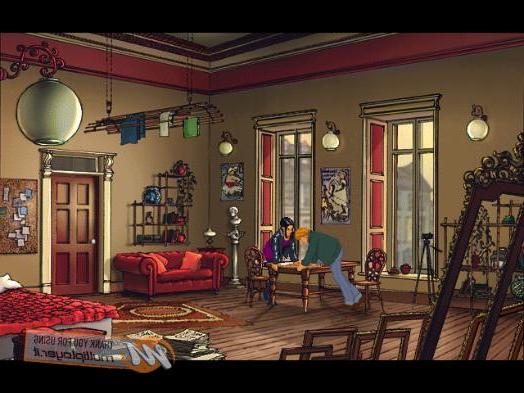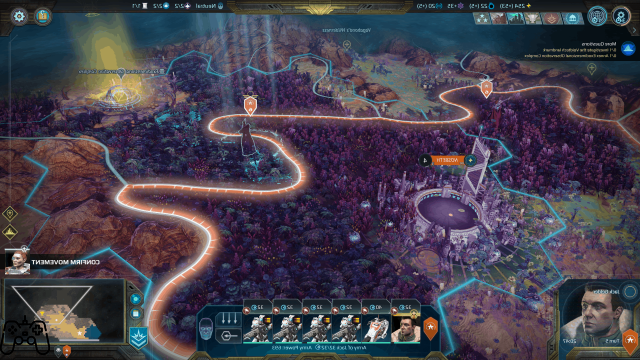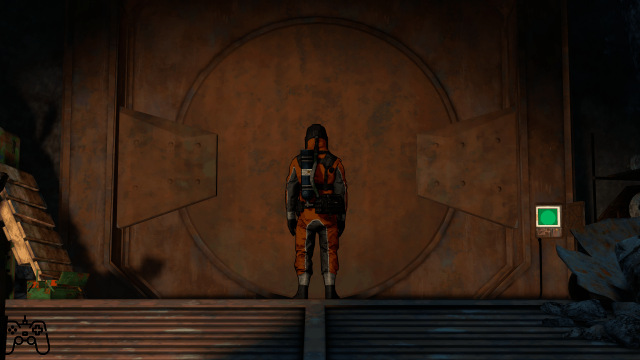The Hebrides are a group of islands in Scotland that have been occupied since the Mesolithic and feature stunning landscapes. Artists of all kinds have been fascinated by this archipelago and this has inspired their works. The videogame medium is no less: the guys of The Chinese Room have set their work in one of these islands, without ever declaring its name openly. The game was born as one against di Half Life 2, titled Dear Esther, which was then developed on the Source Engine and released commercially for PC in 2012. This is the walking simulator best known and which has given way to a wide selection of indie titles with similar characteristics, especially with regard to the mechanics reduced to the bone. In 2019, the developers announced a version for iOS, thanks to the hardware now able to run complex three-dimensional models and to allow use in portability.
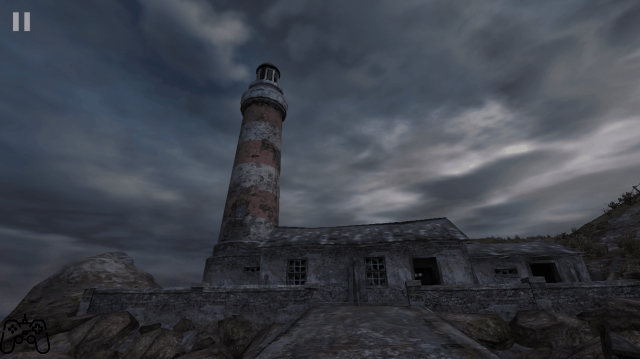
Dear Esther is an extremely title simple but yet complex. The video game has essential mechanics: by clicking on the right side of the screen you can rotate the camera and scrolling to the left will direct the character in first person. The courageous choice not to include puzzles is useful and functional to the narrative, which represents the core of the title. Dear Esther sling us on an island, near a lighthouse and you immediately understand that you have to move to continue, without the need to interact with objects. The character we control, an elderly man judging by his voice, reads the letters who wrote to his wife, Esther, now deceased. As the player reaches new areas, the protagonist reads a new letter, adding pieces to the narrative. The story is made up of pungent and dramatic dialogues, in which the nameless protagonist relives difficult moments of his life through memories and the player, through his own imagination, is able to imagine them. The discovery in small doses of a life that is told is possible only by exploring that island where nature has been busy and now abandoned by civilization, but once lived.

Unfortunately the game is available with dubbing and text in English, not providing on iOS (unofficial subtitles are available on PC) the opportunity to enjoy an experience in Italian for those who do not chew the British language. However, the adaptation on the mobile device is truly impressive, despite the fact that it has been five years since the release of the original version. Realistic three-dimensional models at first glance can look badly aged, but the care per i details provided by the development team allows you to enjoy spectacular settings and plays of light that transform the island to rediscover places already seen under a new guise. The feeling with the touch screen is extremely natural and fluidity of the game and in the movements of the character makes the experience realistic and allows you to fully immerse the player. Getting lost in the blue caves, diving into the cold waters and wandering through the never-cut meadows is a feature that adds that dreamlike feeling to the narrative, keeping it more and more extravagant. The visual and narrative journey is accompanied by an amazing soundtrack that manages to immerse the player perfectly. In fact, artist Jessica Curry has arranged the melodies of Dear Esther, Everybody Gone's To The Rapture and other titles distinguishing them by a softness only e magic impeccable.
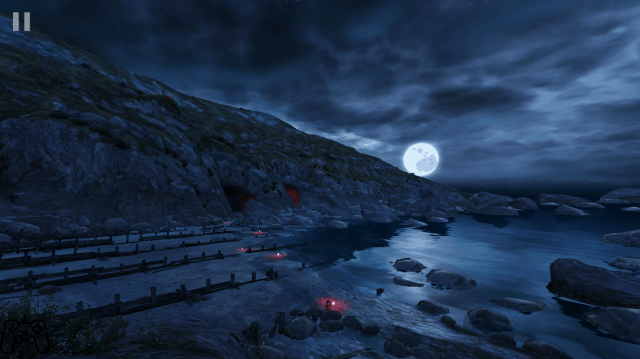
Mine was the first experience with Dear Esther and I can agree with those who previously defined it as a "walking simulator". If the appellation is used in a derogatory sense, then a crusade is needed against those who use it systematically. Of course the mechanics remain essential, no puzzles to solve are presented, however a simulator mimics reality as much as possible. What the creators wanted to achieve with Dear Esther is the possibility of telling a story, a good story, through a different medium than usual. The puzzle to be solved is provided by the story itself: as the experience progresses, they are added small pieces of history that complete the adventure of the anonymous protagonist. In addition, the possibility of crossing the island, the island that changes, the island that move it is itself narration that takes the player, makes him lose between caves and beaches, tells through exploration and long silences, and then lets him take flight metaphorically. Taking part in this brief but intense experience is significant and must be done at least once in a lifetime in order to reach one's conclusion of the story.
Videogamingallday.com review
Graphics
The realistic graphics age easily over the years, however the attention to detail desired by the development team has allowed a high quality and a stratospheric visual impact.
76
SOUNDTRACK AND DOUBLE ROOM
The vote for the melodies arranged by Jessica Curry would be even higher, were it not for the dubbing (only in English), certainly good, does not shine.
70
GAMEPLAY
The gameplay is reduced to the bone, presenting no puzzles to solve, but useful for the purposes of the narrative.




